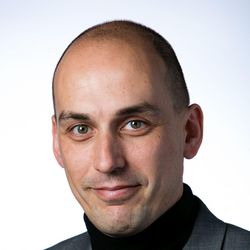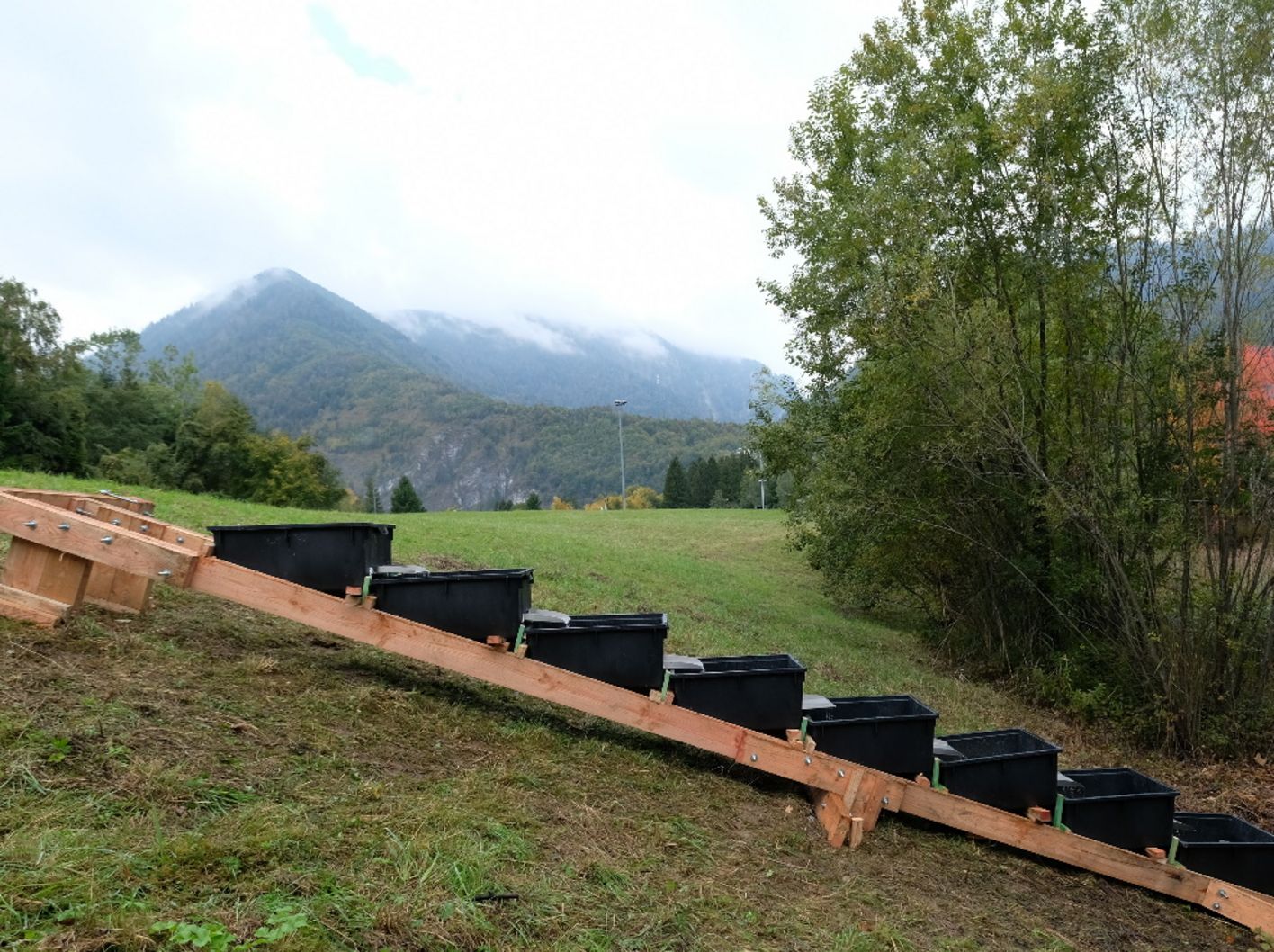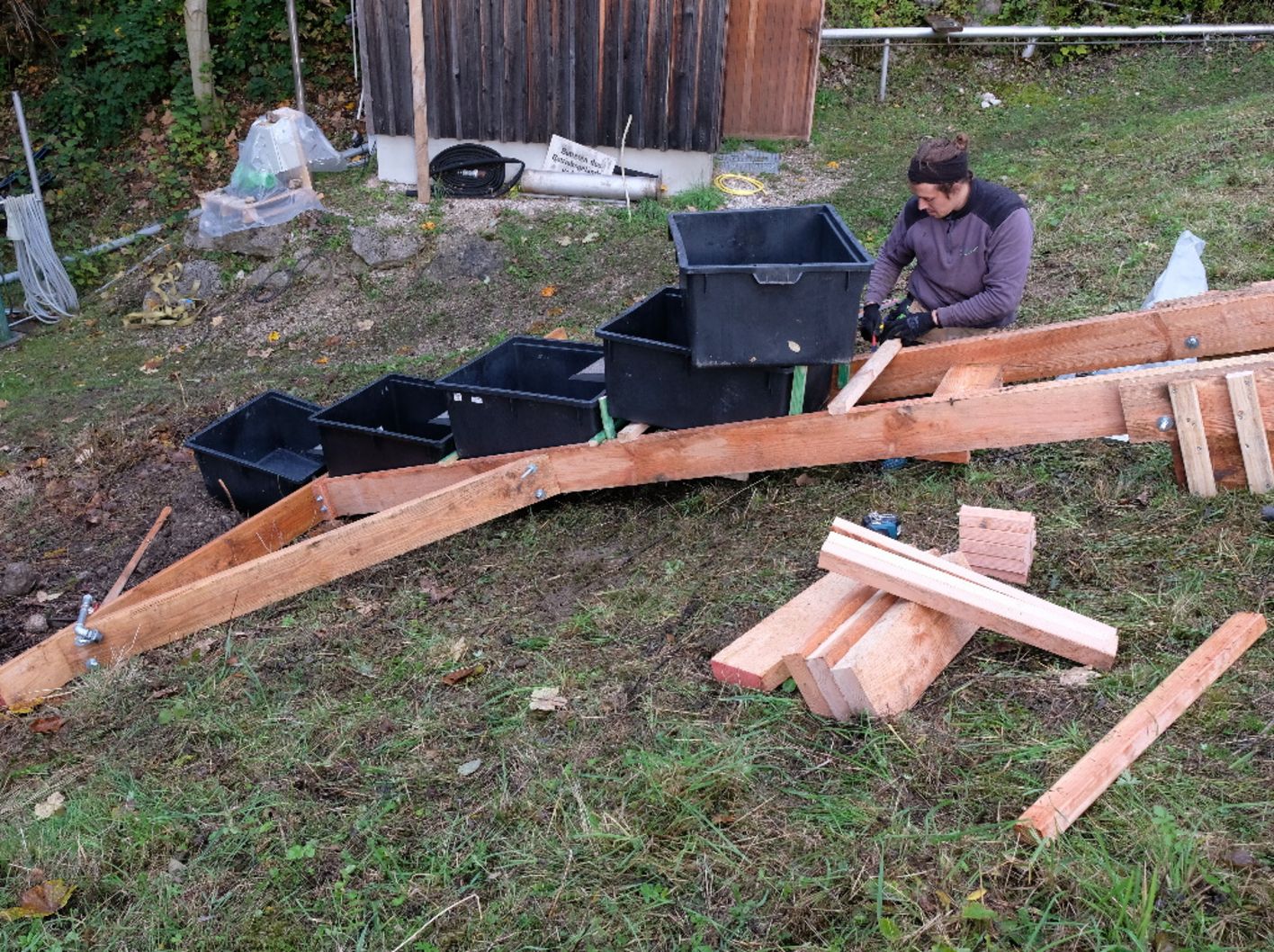Pilot test for highly alkaline water
At the request of our client, we developed an alternative control measure for an old mineral waste dump. The dump is a historically contaminated site where alkaline leachate with a pH value greater than 12 collects. To prevent this high-pH leachate from flowing directly into Mountain Lake, it is neutralised by adding hydrochloric acid (HCl). This treatment requires significant financial resources, as well as maintenance, and it adds the risk of coming into contact with chemicals.
Passive water treatment using cascade system
With this in mind, our client went looking for an alternative (pseudo-)passive treatment method that did not require the addition of chemical reagents. Following a review of existing literature, Witteveen+Bos proposed a method in which the pH level is lowered by passively introducing CO2 via a cascade system.
Because this process assumes complex solution equilibria, we initially conducted a series of lab tests at the Witteveen+Bos laboratory in Steenokkerzeel. Based on the results of this study, we then developed a pilot test that could be deployed on site.
By starting in the laboratory and scaling up step-by-step, we were able to further optimise the experiment and identify potential problems before committing to the additional investment of the pilot site.
Rollout of pilot test at mineral waste dump
For the actual pilot test, a construction was set up on site in which the alkaline eluate water was led over a series of waterfalls. Preliminary results have indicated that the system is capable of creating effective pH reductions from 11.5 to 8.5. Conducting the pilot test on a medium scale on site had two advantages:
-
The final design will resemble the pilot test as much as possible;
-
We can guarantee that the theoretical solution also produces functional results.
In order to roll out the test set-up on a larger scale and develop a feasible alternative to the current procedure, the efficiency of the test would need to be increased by pumping the water through the cascade several times. The volume of water processed in the trial was too limited; it will be increased in a subsequent phase of the project.
Successfully carrying out the test at a larger scale would make it possible to eliminate the need for chemical reagents. This project demonstrates that Witteveen+Bos helps clients in developing robust, sustainable and cost-efficient solutions.
More information?


